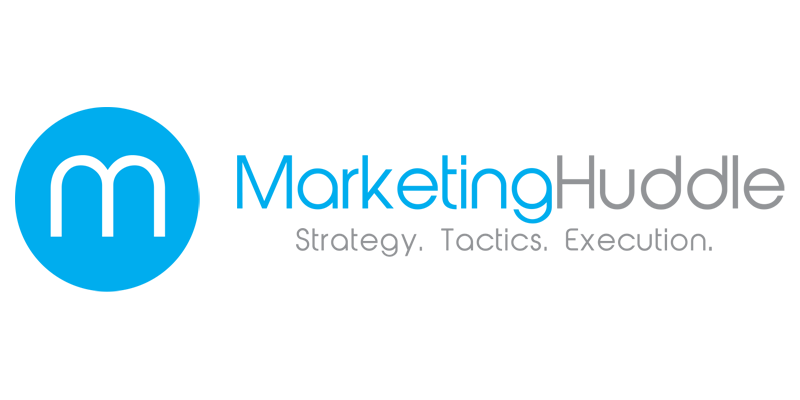 Step One – Market Research
Step One – Market ResearchIn order to speak well to your audience, you need to know them and understand them well. Branding happens inside their heads, so you need to know (to the best of your ability) what’s going on in there.
The best way to get to know your target market is to create a profile that describes them. This profile describes an individual who is your ideal customer. This isn’t guesswork. You arrive at your information for this profile by conducting market research.
The information you’re looking for includes:
- Demographic information about your customers such as age, gender, income level, family situation, location,
- Psychographic data such as their worries, fears, self-image, attitudes, problems, etc.
- Shopping habits. What other brands do they buy from? Do they save or shop impulsively? Are they big spenders or cautious?
- What products and services they’d like to see in the world, or how the companies they currently buy from don’t meet their needs.
A good place to start with market research is with your existing customers, assuming you have some. If you do, try to find identifying features that most of them share. You may notice that most of them are female or that most are at a high socioeconomic level. If you already have customers, use them to create your profile. For any information you don’t know, ask them. Conduct surveys and give customers an incentive if necessary.
If you don’t currently have customers, or if you want more data than they offer, you can conduct market research on potential customers. Whether or not you have customers, this is a good idea since you want to increase your customer base.
There are two ways to conduct market research: directly and indirectly. First, let’s discuss indirect methods since they’re generally easier to carry out and put less strain on resources.
Indirect market research means basically being a fly on the wall. Find out where your potential buyers are and listen to them. This is incredibly easy and cost-effective today because of the Internet, which encourages people to talk and share their opinions.
Here are a few ways to gather this information:
Online Forums. Join online forums where your customers and potential customers spend time asking questions and having discussions.
Blogs. Blogs are good for gathering data because they’re updated more often than regular websites. Try to find blogs about your industry or by potential customers and read what they have to say.
Social Media. Connect with your target market on social media and monitor their conversations. This is a great tool because you can also communicate directly with potential customers through these channels.
Keywords Tools. Use a keyword tool to see how many people are searching for products such as yours. Choose keywords that are relevant to your products. In other words, if you were going to search for this product, what would you type into the search bar? The volume of searches gives you an idea of how popular products such as yours are.
The Competition. A great sources of data is your competitors. Find competitors who offer something similar to what you offer. If possible, look at sales data to see how your target market shops. Stay abreast with your competitors’ websites, blogs, newsletters, and so on.
Business Trends. Read industry journals and websites to find out the latest trends related to your business.
Direct market research methods include:
Interviews. Conduct interviews with people during which you ask them directly for the specific information you need to create your profile.
Questionnaires. Questionnaires can be done online or offline. Create short questionnaires that ask very specific questions to help you gather the information you need.
Focus Groups. The most labor-intensive, but often most lucrative, market research method is the traditional focus group. This is where you gather a group of people to discuss their opinions, perspectives, and beliefs on a certain product or an aspect of a product.
Both direct and indirect market research have their merits. With direct research you get straight answers to your specific questions. But sometimes when asked directly, people say what they think you want to hear instead of what they actually feel. With indirect research, you’re listening in and the data may be more truthful.
It’s good to do a bit of both. The more samples you gather data from, the clearer and more accurate a picture you’ll have of your target market.
Once you create your profile, you’ll shape your brand so that it will appeal to your ideal customers and communicate why they need you.
Activity
- Using some of the market research methods listed, think about the specifics of the demographic you are trying to reach.
- Use the worksheet provided to define your target market.








